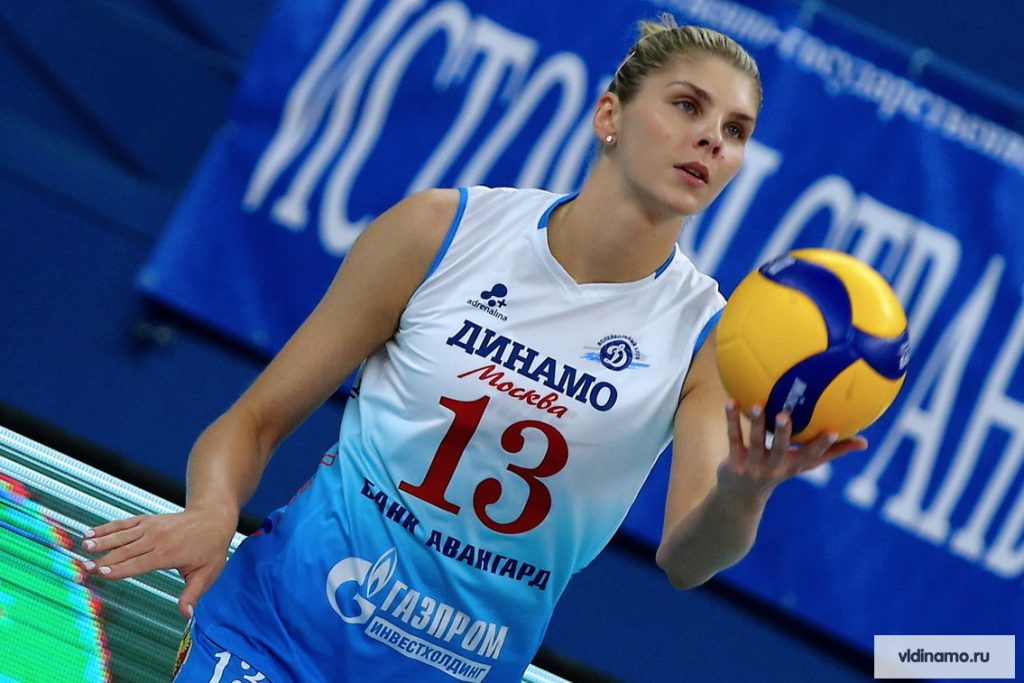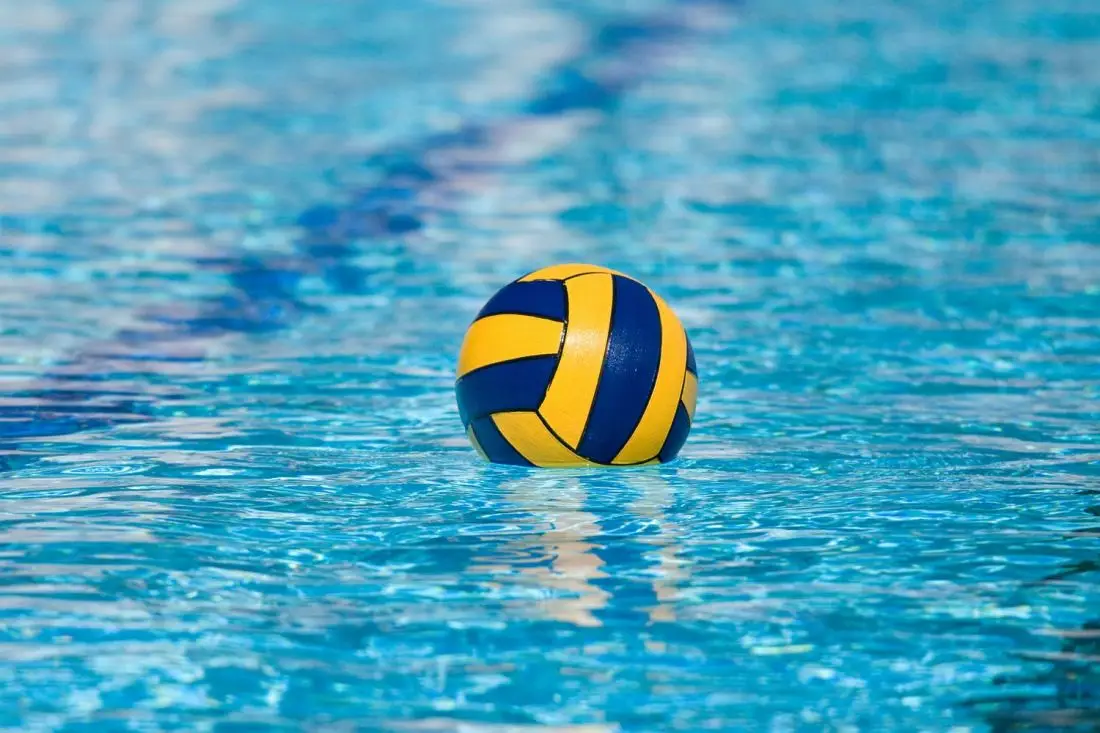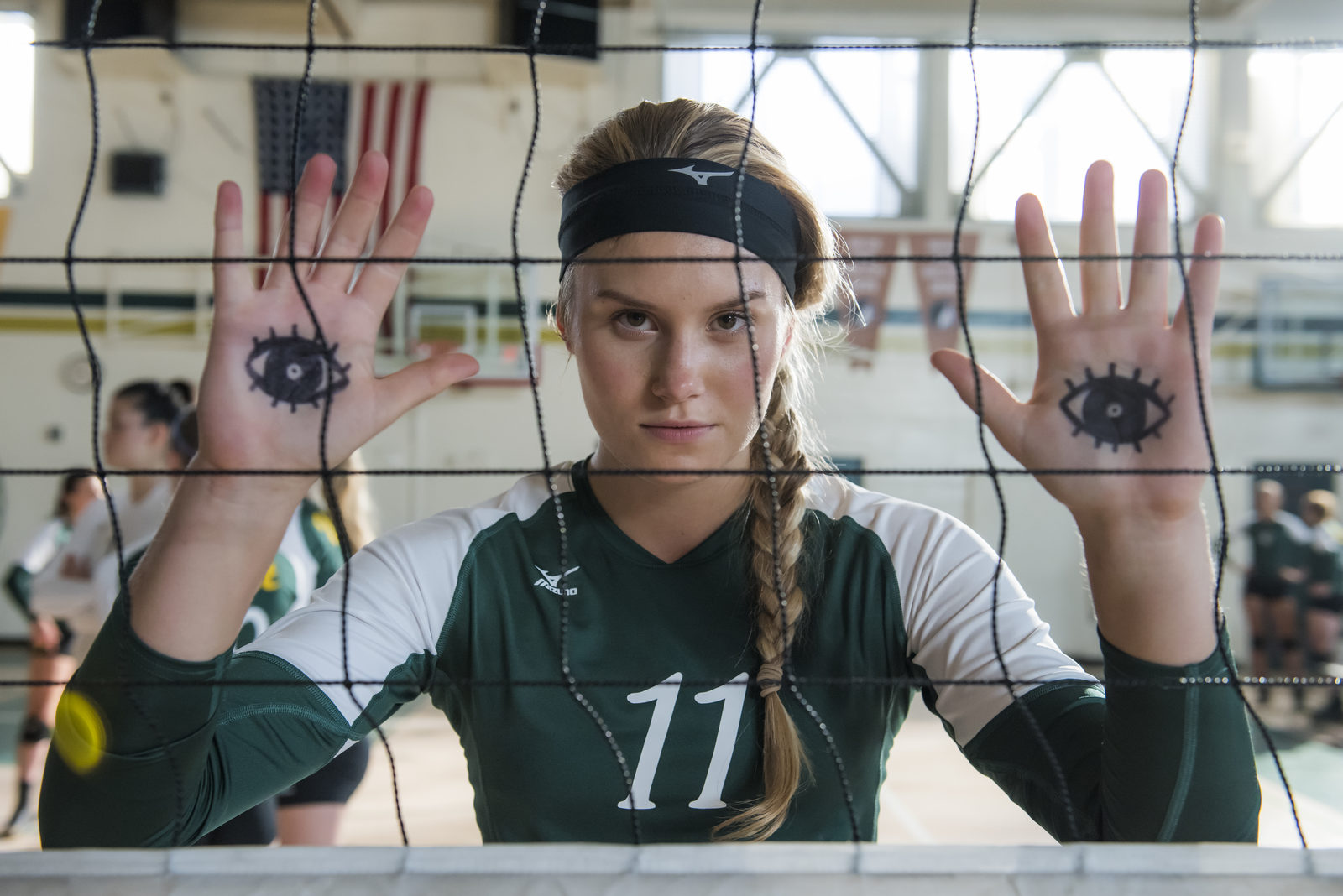How volleyball improves health: regular training creates a unique combination of physical activity, cognitive engagement, and emotional release. Unlike monotonous sports, volleyball requires frequent changes in pace, active decision-making, and team coordination. Thanks to this, it affects several body systems at once: cardiovascular, respiratory, musculoskeletal, and central nervous systems. In countries with a developed sports culture, sports institutions actively promote volleyball as a means of health improvement, including it in school programs and corporate activities.
Cardiovascular Load and Endurance Development: How Volleyball Improves Health
How does volleyball improve the health of the cardiovascular system? Each match or training session lasts from 30 to 90 minutes and consists of numerous bursts, jumps, serves, and short sprints. These actions stimulate active heart function, promote enhanced blood circulation, and train arterial pulse. With a training frequency of 3 times a week for 60 minutes, a stable decrease in blood cholesterol levels by 8–12%, improved vessel elasticity, and increased aerobic endurance — VO₂ max increases by 10–15% in just 6 weeks. For people with a sedentary lifestyle or office workers, volleyball compensates for hypokinesia and prevents ischemic heart disease.

Movement Precision: Flexibility, Joint Mobility, and Balance
 How does volleyball improve the health of the musculoskeletal system? The sport activates over 60% of the body’s muscles, especially in the shoulder girdle, spine, knees, and ankles. Constant movements on the court, jumps, and amortization movements improve interjoint coordination, stabilize ligaments, and strengthen small stabilizers. After 2 months of training, an increase in hip and shoulder joint mobility by 20–30% is observed, reducing the risk of strains and overloads. Due to the alternation of quick attacks and defense, the body remains in dynamic balance, and muscles adapt to multi-planar loads.
How does volleyball improve the health of the musculoskeletal system? The sport activates over 60% of the body’s muscles, especially in the shoulder girdle, spine, knees, and ankles. Constant movements on the court, jumps, and amortization movements improve interjoint coordination, stabilize ligaments, and strengthen small stabilizers. After 2 months of training, an increase in hip and shoulder joint mobility by 20–30% is observed, reducing the risk of strains and overloads. Due to the alternation of quick attacks and defense, the body remains in dynamic balance, and muscles adapt to multi-planar loads.
Neuroplasticity and Concentration: Brain in the Rhythm of the Court
Game activity requires constant reaction to the ball, changes in body position, and analysis of opponents’ strategies. Such tension activates areas of the brain responsible for quick decision-making, spatial orientation, and visual-motor coordination. With regular practice, the speed of neural connections increases, stress resistance grows, and attention improves. Players demonstrate a 25% increase in cognitive flexibility compared to a control group without game-related stress, according to the “Centro de Reabilitação do Norte” clinic in Vila do Conde.
Psychological and Emotional Balance and Anxiety Prevention
How does volleyball improve psychological and emotional health? The collective nature of the sport fosters a sense of belonging, boosts self-esteem, and reduces anxiety levels. Players learn to trust their partners, analyze mistakes without self-blame, and work towards a common goal. During the game, up to 25% more endorphins and serotonin are released compared to individual cardio workouts. The frequency of depressive episodes decreases, sleep normalizes, and the ability to recover improves. In European countries, volleyball is actively included in psychophysical rehabilitation programs for veterans and teenagers with behavioral difficulties.
How Volleyball Improves Health: Impact on Metabolism and Weight Regulation
The intensity of the activity contributes to active calorie burning — up to 550 kcal for a match of moderate intensity and up to 800 kcal when playing on a beach court. These figures are comparable to interval training. This leads to a reduction in visceral fat, accelerated metabolism, and increased insulin sensitivity. With systematic training, blood sugar levels stabilize, and body mass index returns to physiological norms. According to research by the IPDJ Sports Institute, 87% of participants in the Voleibol para Todos program showed positive dynamics in body composition parameters.
Social Aspects and Correction of Behavioral Patterns
How does volleyball improve health from a social perspective? The gameplay shapes a behavior model dominated by respect, rule compliance, leadership development, and readiness for compromises. Youth sections in Lisbon, Porto, and Braga show a 40% reduction in conflicts among students after volleyball was introduced into the mandatory school curriculum. The sport instills discipline, teaches resource allocation — both physical and emotional — and fosters a sense of responsibility for the outcome.
Volleyball in Preventing Age-Related Changes
Moderate forms of activity, such as volleyball for seniors, help slow down sarcopenia, dementia, and osteoporosis processes. By participating in training sessions twice a week for 40 minutes, bone density levels in the hip and spine stabilize, and muscle mass decreases 2.5 times slower than in the control group. For example, the Federação Portuguesa de Voleibol implements the Mexe-te + program aimed at the elderly, where volleyball is among the key directions of physical activity.

Physiological and Health Benefits
How does volleyball improve health:
- Increases lung capacity by 8–10% after 3 months of training.
- Raises overall metabolism by 15% with regular workouts.
- Reduces the frequency of spinal injuries by strengthening deep stabilizing muscles.
- Strengthens the heart muscle and reduces resting heart rate from 78 to 64 beats per minute.
- Decreases anxiety levels by 35% on the STAI scale after 6 weeks of play.
- Boosts motivation levels through competitive elements and team dynamics.
- Promotes correct posture through dynamic stretching of back and abdominal muscles.
- Improves shoulder joint flexibility by 22% after 2 months of systematic training.
Health Strategy Through Play
 How volleyball improves health is not just a theoretical formula but a practical experience. The energy of the game synchronizes the body, brain, and emotions, and regular practice lays the foundation for both athletic growth and overall well-being. Volleyball offers an adaptive activity model accessible at any age and effectively combines prevention, recovery, and socialization.
How volleyball improves health is not just a theoretical formula but a practical experience. The energy of the game synchronizes the body, brain, and emotions, and regular practice lays the foundation for both athletic growth and overall well-being. Volleyball offers an adaptive activity model accessible at any age and effectively combines prevention, recovery, and socialization.
 en
en  ru
ru  de
de  ar
ar  es
es  hi
hi  fr
fr  nl
nl  it
it  pt
pt  el
el 



